Race report: Carcoar Cup half-marathon
A report on my run in the Carcoar Cup half-marathon race, held in Carcoar in the central west of NSW.
| Event | Carcoar Cup |
| Location | Carcoar, NSW, Australia |
| Distance | Half-marathon |
| Date | Sunday, November 13, 2022 |
| Weather | 14–18°, stormy |
| Start | 8:45am |
| Goal time | 1:40:00 |
| Race time | 1:38:19 |
| Goal achieved | No * |
| Finish position | 14 / 79 |
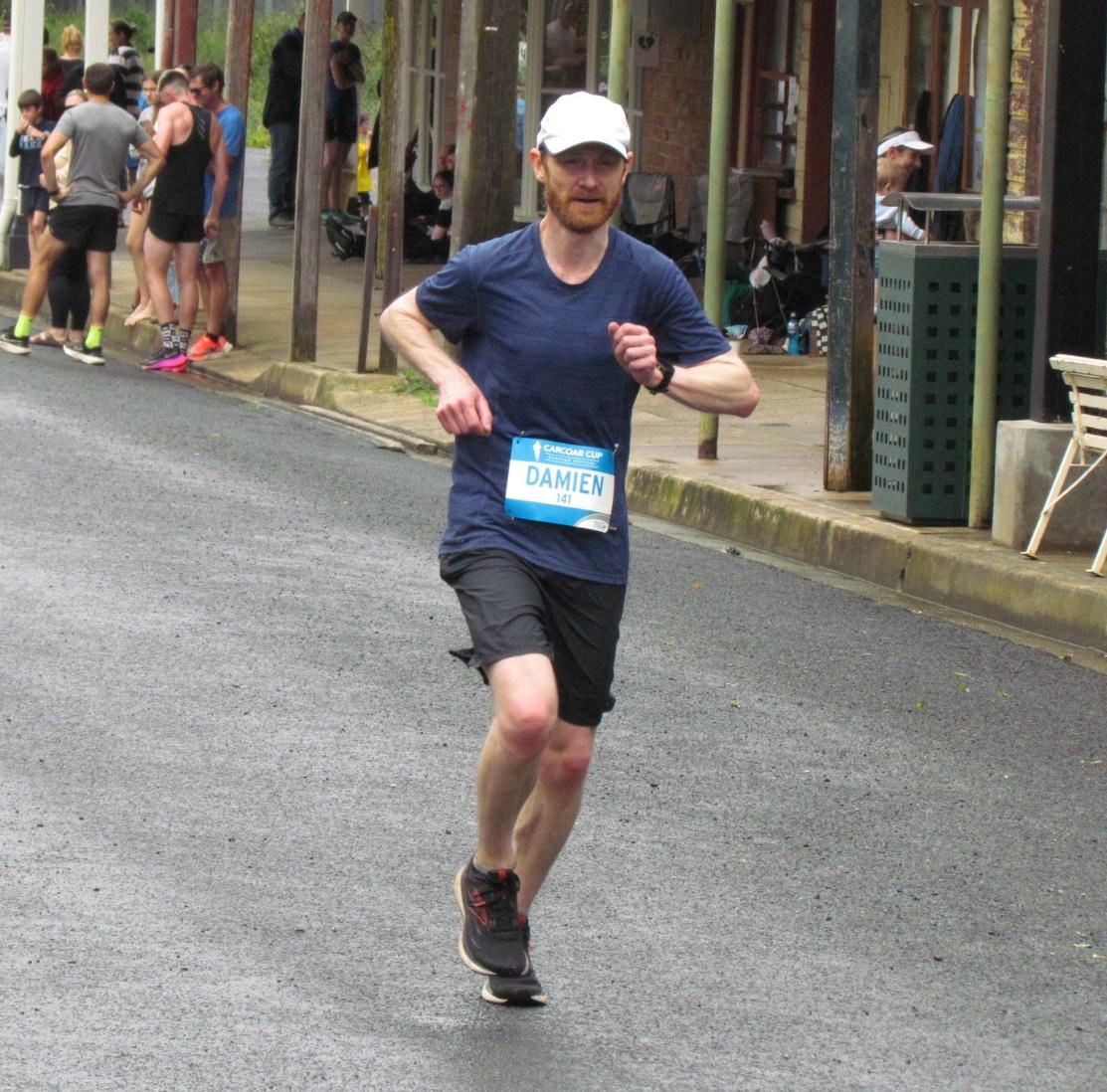
Lead-up and race strategy
Having semi-recently moved to the town of Bathurst in the central west of NSW, I was keen to run for my first time in the Carcoar Cup, which is based in the nearby small town of Carcoar. I had briefly considered entering the marathon distance, but I hadn’t done sufficient training for that and so entered the half-marathon. I do think the half-marathon is a great distance—long enough to pose a substantial endurance challenge but not so long that other factors, such as nutrition, need to play such an important role.
I was happy with my training in the lead-up to the event. I had been running five days a week pretty consistently, with weekly totals of about 40–55km. A few weeks prior, I had completed the Panorama Punish—a 6.2km race around the Mt. Panorama motor racing circuit that was great preparation for the hilly Carcoar Cup route.
My goal time for the race was to get under 1:40. This wasn’t based on too much logic, more that it was a nice round number and seemed potentially doable—though a stretch. I had run a half-marathon distance in 1:44 as part of a longer run in training, so it didn’t seem too far off. That was over a flat course though, whereas the Carcoar Cup half-marathon course has some pretty steep and long climbs—and even steeper and longer descents.
My strategy for the race was to use the PacePro algorithm from Garmin to set paces based on elevation changes, and use those paces as a guide during the race. I set the parameters of the algorithm such that the pace on the big uphill climb was similar to what I had been able to do in comparable sections of the Mt. Panorama circuit, which ended up requiring a substantial weighting towards positive splits and a bias towards going ‘easier’ on the hills. Nutrition-wise, I had planned to just have a coffee in the morning, a gel immediately before the race, and a gel about 45 minutes into the race.
Overall, I mostly wanted to enjoy the event and running around an interesting course.
Pre-race
Carcoar is about 40 minutes away by car from where I am living in Bathurst. I had travelled out to Carcoar the day before to pick up my bib and to get a feel for how long it would take and to see the layout of Carcoar and where to park. The drive there was easy (except for the need to keep an eye out for potholes on the highway), as was the bib pickup.
I arrived early (as usual) in Carcoar on Sunday morning, after having a coffee at home before leaving. It was a very mild morning in Bathurst, but started getting cloudier as I got closer to Carcoar—with a few drops of rain. Once I arrived at Carcoar and sat in the car and read a book for a bit, the weather darkened and there started to be the rumbles of a thunderstorm.
An aspect of this half-marathon that is perhaps a bit unusual is that it is a point-to-point route in which the start line is distant from the finish line. Here, the start was in Neville, which is a town to the south-east of the finish line at Carcoar (see a map of the route below). They run a bus from Carcoar to Neville, which left at 7:20am and took about 45 minutes or so to get to the start line. The thunderstorm hit during the trip, and there was heavy rain, wind, and lightning visible out the window of the bus (I heard afterwards that they delayed the start of the marathon event, scheduled for 8am in Carcoar, until the storm had passed)—a precursor to the flooding that would hit the area the very night of the race. Many on the bus wasn’t too keen to disembark once we had arrived in Neville.
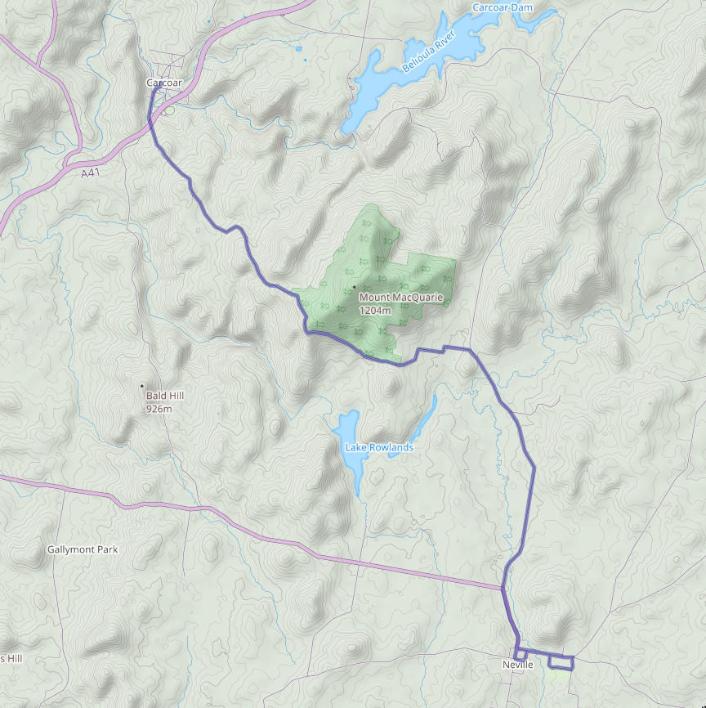
Off the bus, it was actually pretty chilly in the wind and heavy rain. I huddled under some shelter for a bit before going through my usual stretching routine and had a gel. The bus left us about 1km up the road from the start line, so there was then a bit of a warm-up jog to get there. I was keen to get going by the time the start time arrived—along with the 80 or so other people running in the race.
Race
With a crack of a whip, we were off in the wind and rain. My performance in the race ended up being rather mixed, and my pace as I traversed the course, and the course elevation, is shown below (additional info about my run can be found at my smashrun site). My race subjectively unfolded in four distinct sections—I have termed these sections “The Foreboding”, “The Struggle”, “The Uphill”, and “The Downhill”.
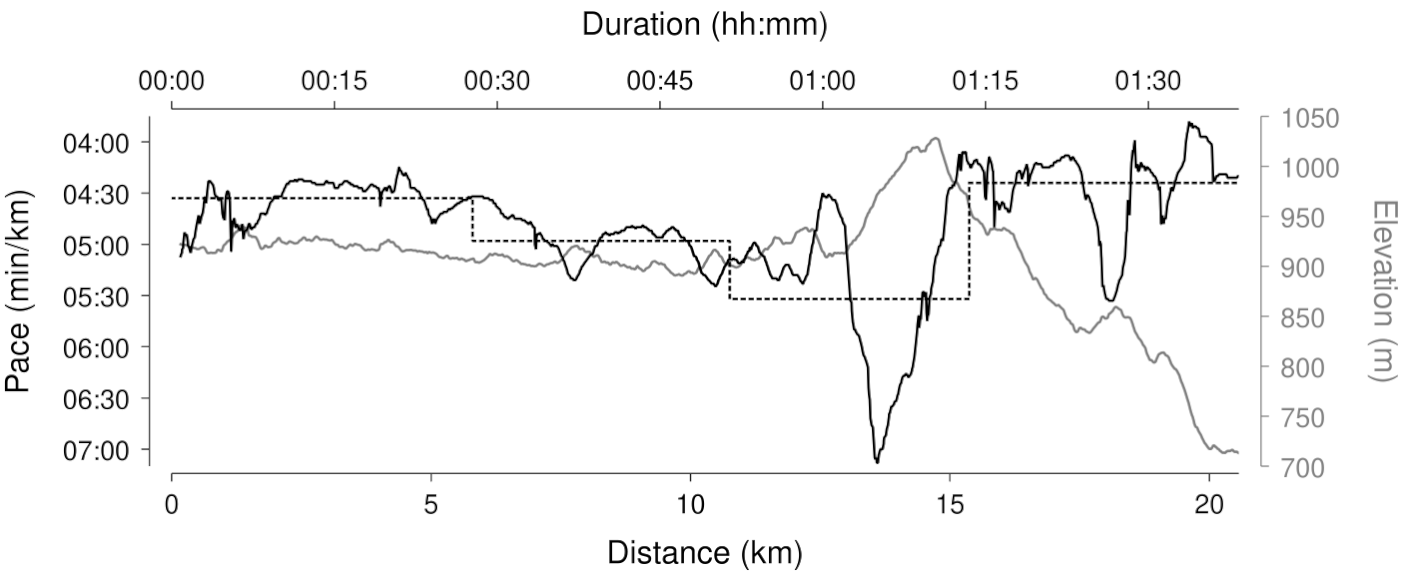
“The Foreboding” (0–6km)
My goal in the initial stages of the race was to aim to go a little bit under the split paces suggested by my watch, aiming to average around a 4:30 min/km pace. However, a problem quickly became apparent—my PacePro strategy on my watch was clearly confused and was not giving sensible numbers. It turns out that the half-marathon course that was linked to on the event website, which I used to create the PacePro strategy in the Garmin Connect site, depicted an older version of the course that did not correspond to its current form. So I had to ditch that plan, provisionally anyway, and instead just go off kilometre splits.
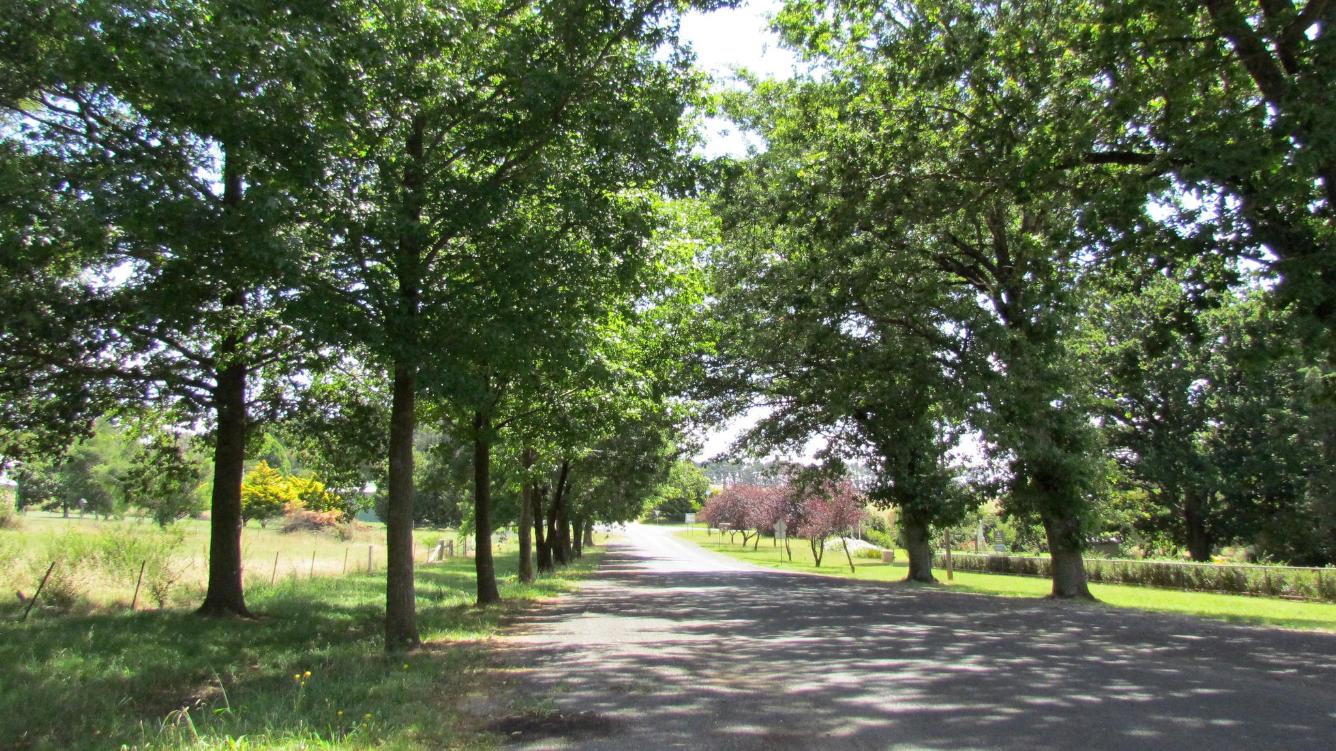
Unfortunately, another problem emerged—I just wasn’t running well. Keeping the pace was a struggle, I was hunched over against the elements, my hips were feeling sore (already!), my heart rate was higher than I thought it should be, and I was generally feeling sluggish. Of most concern, I had the increasing feeling—the titular “Foreboding”—that I would soon be getting a stitch.
Despite such concerns, I managed to make it through 6km at pretty close to my goal pace.
“The Struggle” (6–11km)
The foreboding was realised at about the 6km mark, when a stitch and abdominal cramping hit—beginning “The Struggle”. It became very difficult to sustain the desired pace, which dropped off considerably, and the finish line seemed a very long way away.
Most of this section was on bitumen in an open, countryside landscape. I had identified this terrain as a concern before the race—I tend to struggle mentally with long straight sections of open countryside. I’m not sure why, but I guess the little apparent change in sensory impression with distance and effort evokes feelings of monotony and pointlessness. The combination of the terrain, my abdominal pain, my slow pace, and the drifting of my goal time—seemingly now out of reach—made this section a real mental and physical struggle.
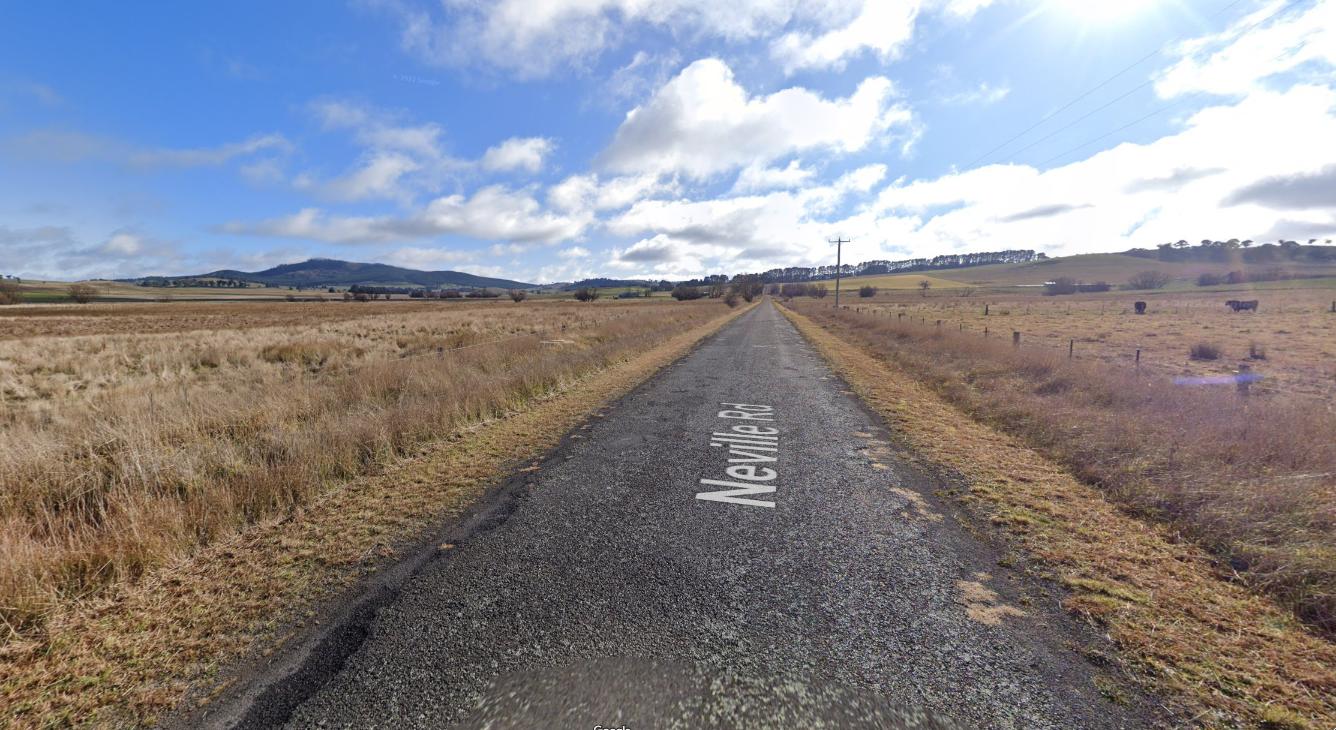
“The Uphill” (11–16km)
We turned off the road and headed onto the dirt for the climb up Mt. Macquarie, with some pretty steep elevation. I gradually started feeling better and getting into the groove. The scenery was becoming more varied and the dirt roads a bit less impactful on the legs—indeed, a bit of the opposite problem of being pretty squishy with the rain. Also, my watch was now operating on the correct course route so I had some guidance on elevation changes and how I was situated with respect to my goal time.
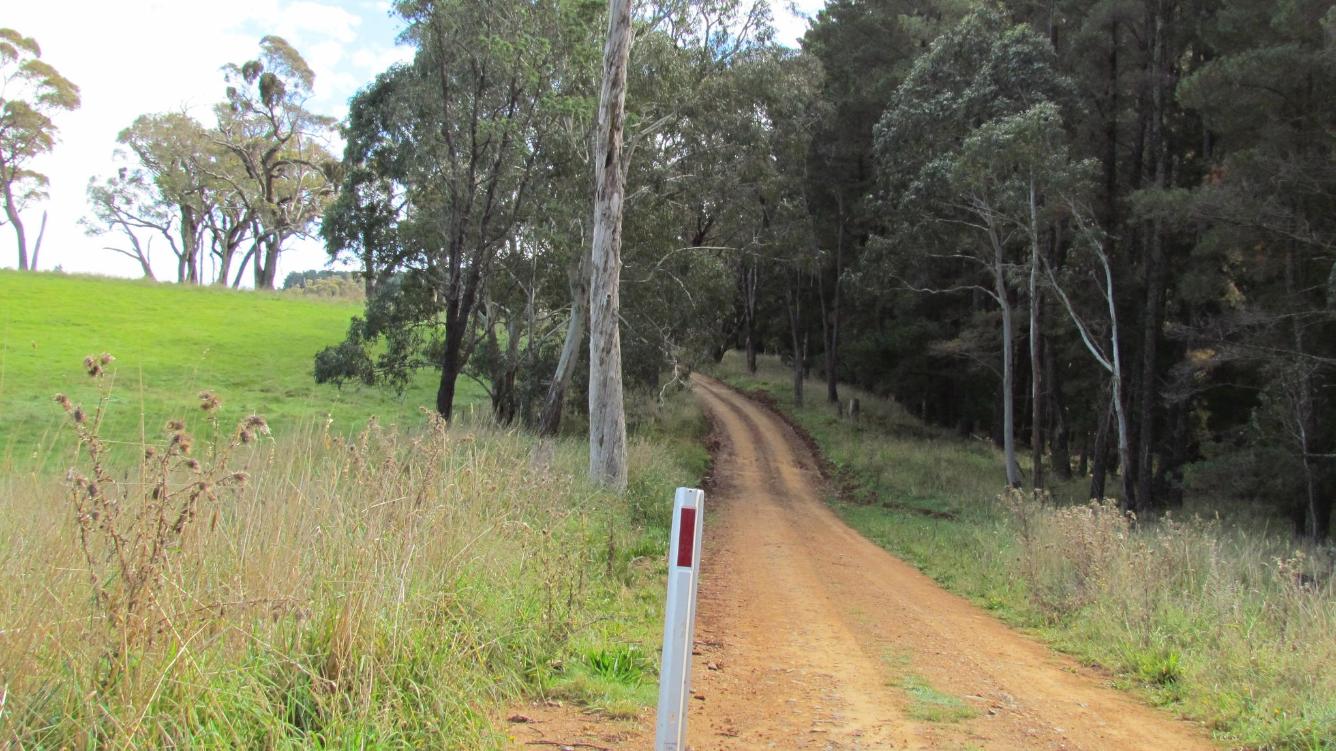
I actually quite like running up hills and feel like I usually handle them relatively well. I think my uphill performance is limited more by leg strength (well, leg weakness) then by aerobic capacity, so the uphills gave my heart rate a bit of a chance to decrease and for me to reset mentally and physically.
Unfortunately, my mindset here was a bit negative—I thought my goal time was way out of reach and so I did not approach the uphills with the vigour that I should have. Instead, my main aim was to make sure that I kept running and didn’t walk. I did achieve that aim, but my pace was very slow.
“The Downhill” (16–20.56km)
The uphill climbs in the previous section cured me of my stitch and cramping and left me able to actually run freely in the final section of the race. I really enjoyed this section. The scenery was fantastic and varied, the cheer from the verandah of a house as I was passing by was motivating, and I loved the sight of paddocks full of hundreds of seemingly-bemused sheep that were all turned to watch me run past. Of course, the relatively easy running of a significant downhill gradient helped with the enjoyment also!
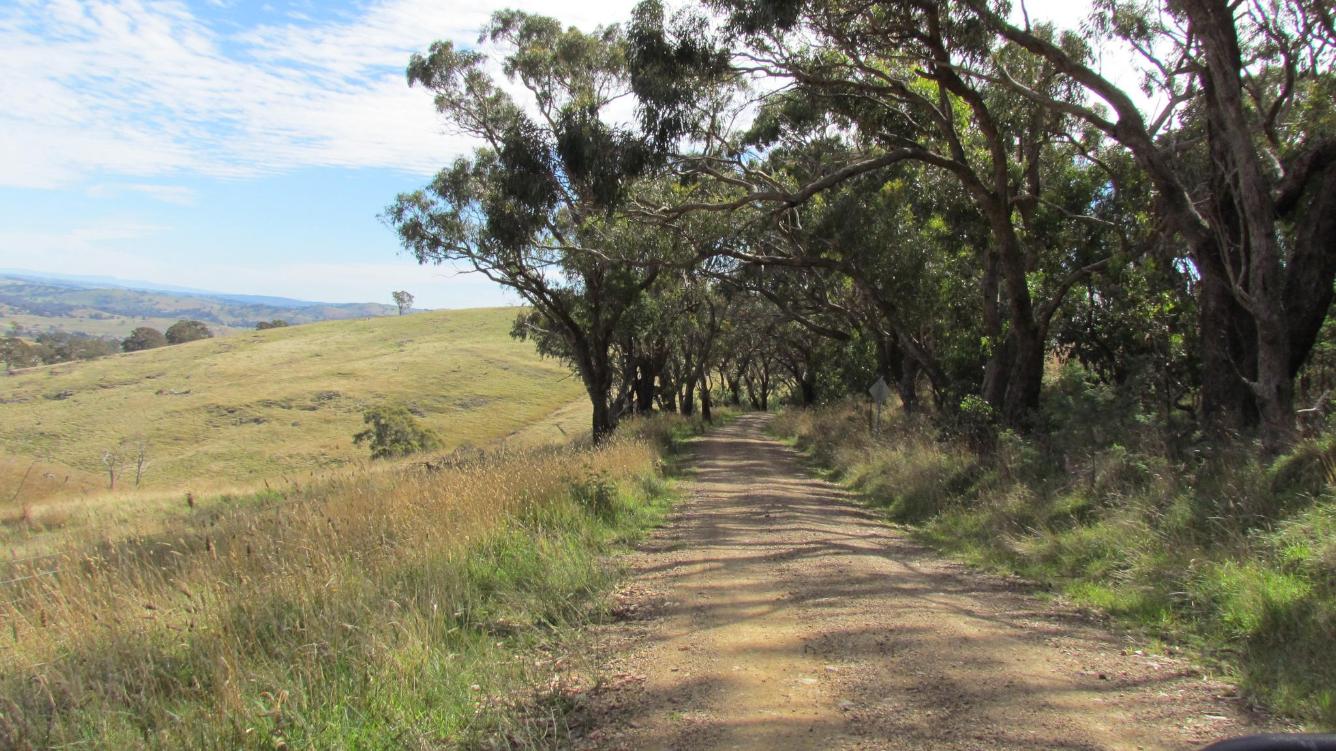
With a bit more confidence about letting loose on downhills after recently completing the Mt. Panorama Punish event, and with my newfound good health, I was able to start moving relatively swiftly and to rack up some reasonable split times. Indeed, enough to make me start to wonder whether my goal might still actually be viable—despite the dramas of the previous sections.
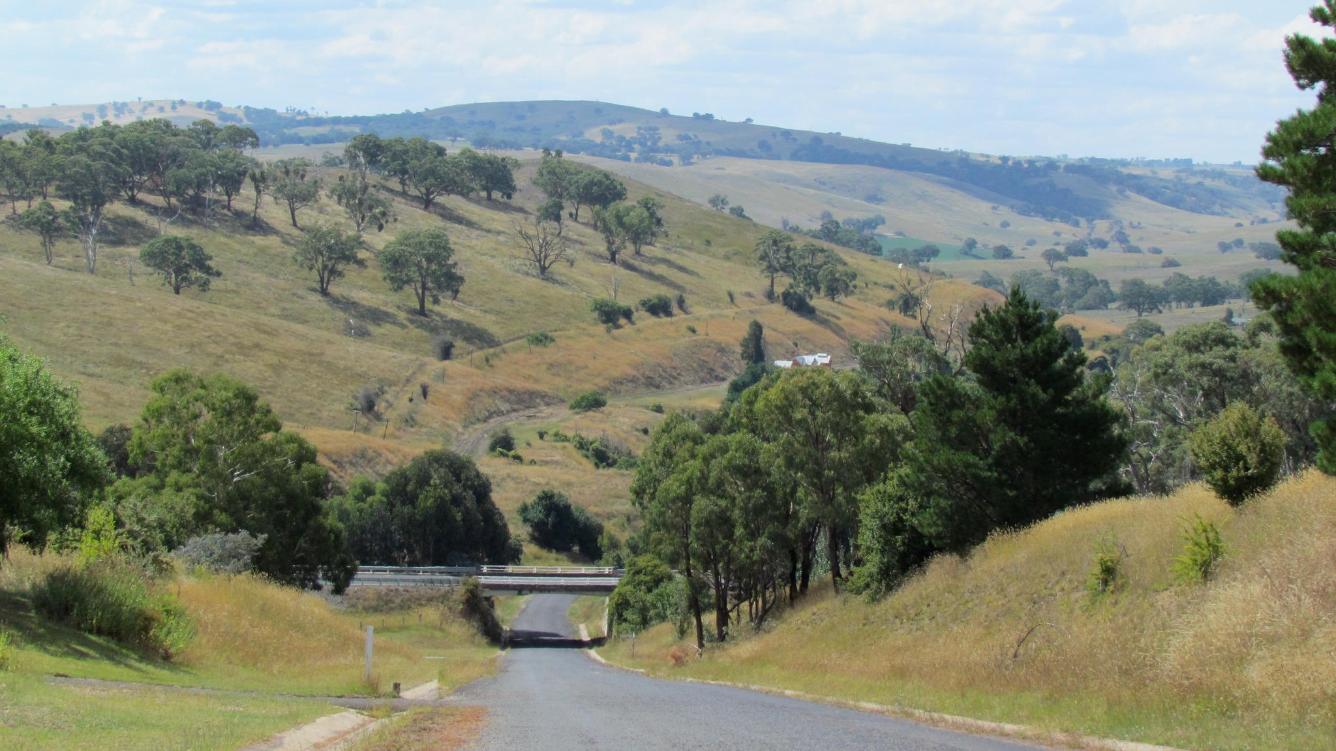
However, one last hiccup was that the course was seemingly a bit short of a standard half-marathon distance. Assuming the GPS on my watch was reasonably accurate and that I didn’t take any wrong-turn shortcuts (both correct assumptions, as far as I can tell), I have the distance about 0.55km short. The consequence of this is that despite ending up under my goal time, finishing in 1:38:19, I was still about a minute over my goal time when extrapolated to a standard half-marathon distance.
Regardless, it was good to head down the main street of Carcoar to the finish line after a strong and enjoyable ending to the race.
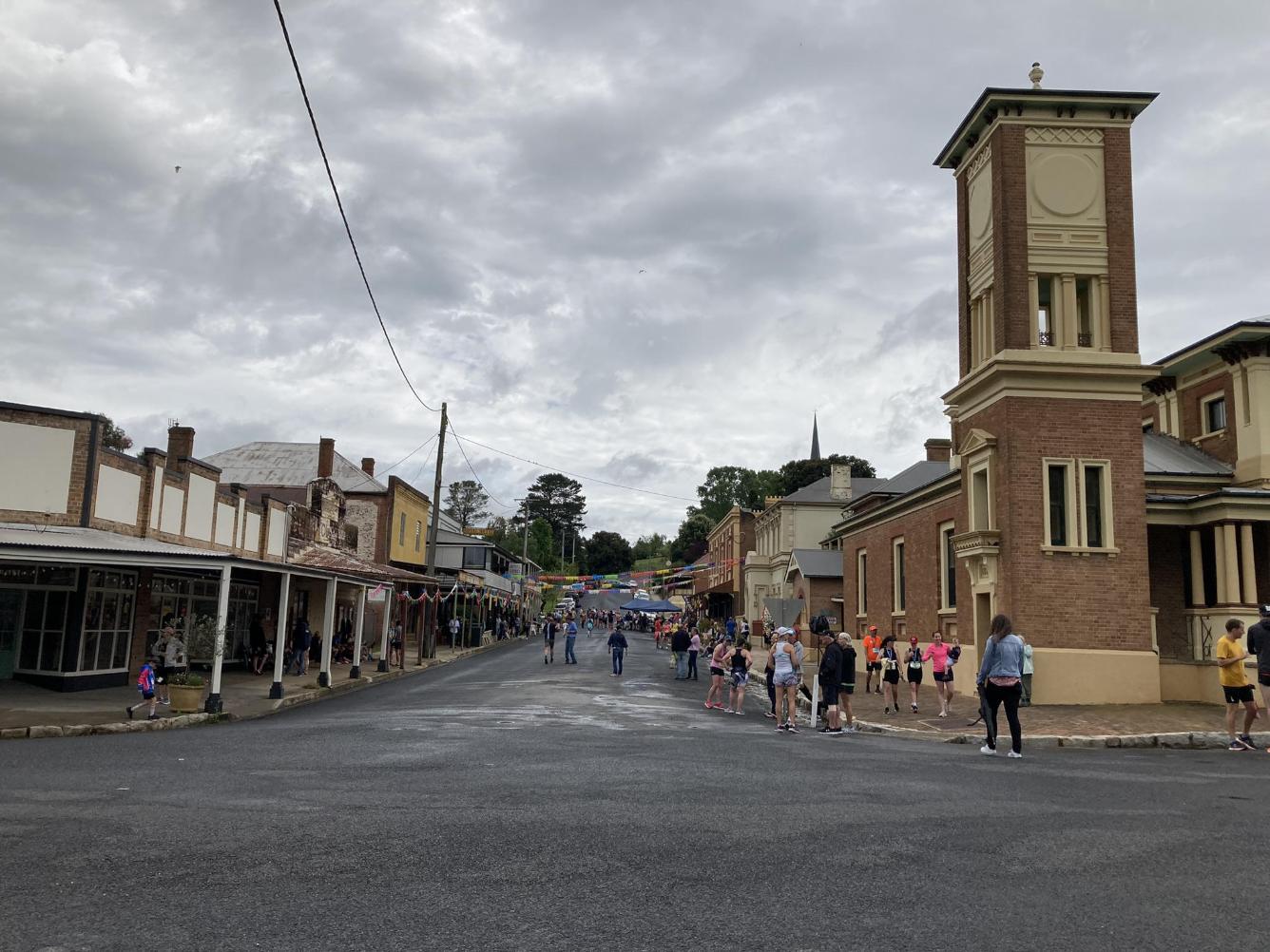
Post-race reflections
Overall, I was a bit disappointed with my race. In particular, the occurrence of stitch and abdominal pain issues—far from the first time in a race—was annoying and frustrating. However, there were some substantial positives that I can take from the race:
- I wasn’t too far off my goal time, which I had thought of as a bit of a stretch beforehand.
- It was my fastest half-marathon race, by quite a margin. My previous best was (I think) way back in 2011, which was a 1:47:37 in the Get In Gear race in Minneapolis, Minnesota, in the USA.
- I was fortunate to be able to participate in a great regional running event with a challenging course and some picturesque scenery.
A key question for future races is how I can avoid a repeat of the stitch and abdominal issues that I experienced here. As I alluded to above, I have had similar issues in races in the past. I virtually never experience them in training—the only exception is when I used to run home from work in Sydney, when I would get them pretty regularly (though never when running the same route to work). I have never been able to identify a specific cause, but here are a few possibilities and some potential steps to take for future races:
- Poor nutrition in the lead-up to the race. I felt like I ate pretty well in the lead-up to the race here, but maybe I ate too much given the reduction in running volume. I certainly felt a bit sluggish and bloated the day before and the morning of the race.
- Eating before the race. I don’t like eating anything solid before I run, so I usually run fasted and just have a coffee (if anything) before heading out. If it is going to be a long run, sometimes I will have a gel before starting and then another gel during—which was the plan here. Perhaps my gel beforehand, which I didn’t take with water despite being supposed to, was the culprit here (I didn’t feel up to taking the second gel en-route as planned). Next time, maybe try going without—I don’t think I need them for a half-marathon distance.
- Sitting a lot before the race. Taking into account the drive to Carcoar and then the bus to Neville, there was a fair bit of sitting involved before running. This sitting, particularly when a bit hunched-over while driving, might have caused me to tighten up.
- Pre-race anxiety. Similarly, I might also have tightened up from pre-race jitters. I tend to get a bit anxious before a race, mostly about logistics rather than the race itself—but also about the race itself.
- Going out too hard. This seems to be an unlikely explanation here. I didn’t go out all that hard, and the issues began only about 5km or so into the race.
The other issue during the race is thankfully more preventable—I need to make sure that I am using the correct course map when creating a PacePro strategy using Garmin Connect. I don’t place a huge amount of importance on keeping to the specifics of the strategy during a race, which is why I don’t think I was affected too much by its absence during the beginning stages of the race here, but I do find its guidance to be helpful. In particular, I find its decomposition of the course into sections of roughly constant elevation to be a good way to monitor pace and progress and its ability to estimate how far behind or ahead of the goal finish time during the race to be very useful.
Thanks to the organisers for putting on such a great event! I hope to return next year and give the half-marathon another go—or maybe the marathon?
